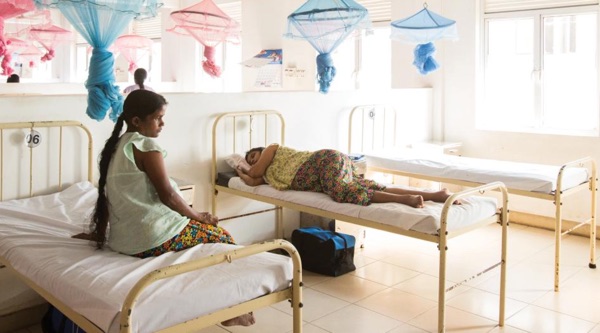A Wave of Compassion

From the April 2016 issue of The Rotarian
What Kerstin Jeska-Thorwart remembers is the silence. No birds chirping, no dogs barking, no car engines revving. Nothing. “I’ve never heard such a silence before, and never since,” she says. “I knew something must have happened.”
It was 9:35 the morning after Christmas 2004, and in Sri Lanka, it was a Poya Day, a Buddhist public holiday held every full moon. Jeska-Thorwart, a lawyer from Germany, was on vacation in Hikkaduwa, on the island’s southwestern coast. Any other morning of her holiday she and her husband would have been on the beach, but today they stayed back at their vacation home, up a small hill about a half-mile from the water’s edge, to clean and prepare for guests.
After a few minutes, sound returned, as though it had been switched on. Now she heard people running, crying. She went down the main road to see what had happened. She saw people in swimming suits, shoeless, covered in blood.
They told her there was a big wave.
The tsunami, as she later learned, was caused when an earthquake with the estimated force of 23,000 atomic bombs rattled the floor of the Indian Ocean. The seabed rose 10 feet, displacing 7 cubic miles of water. A wall of water, in some places up to 100 feet high, slammed into countries throughout Southeast Asia and as far away as Africa. All told, more than 230,000 people died in 14 countries, and 1.7 million were left homeless. More than half of the dead were in Indonesia, followed by Sri Lanka, where 35,000 people were killed.